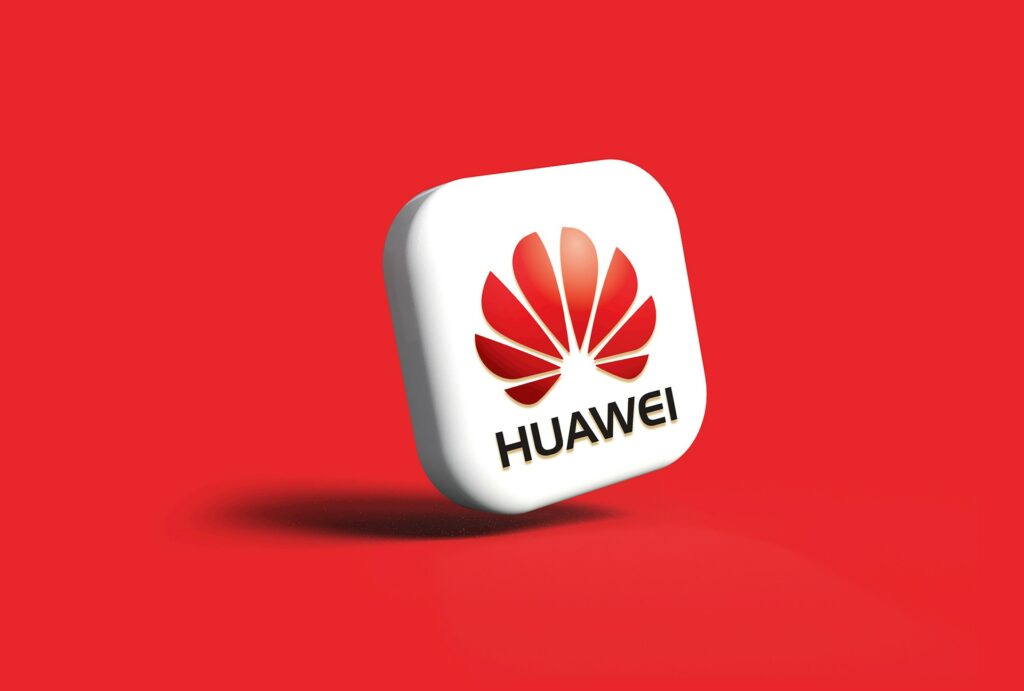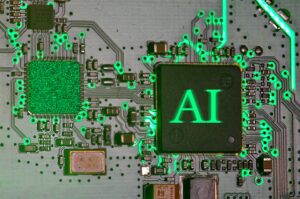However, there is a catch: Huawei’s new artificial intelligence supernode is over 170% faster than Nvidia’s technology.

However, there is a catch: Huawei’s new artificial intelligence supernode is over 170% faster than Nvidia’s technology.
A huge artificial intelligence infrastructure system known as the CloudMatrix 384 Supernode has been formally introduced by Huawei. The company claims that it competes with and beats Nvidia’s flagship NVL72 GPU cluster in important areas.
The new technology, which was first reported by the South China Morning Post and then validated by SemiAnalysis, represents a significant step in Huawei’s efforts to become China’s answer to Nvidia in the face of persistent export bans imposed by the United States.
Specs of the Nuclear
A total of 384 Ascend 910C processors are connected to the CloudMatrix 384 system, which is capable of produce up to 300 petaflops of dense BF16 computing. In comparison, the NVL72 system from Nvidia, which connects 72 graphics processing units (GPUs) using its own proprietary NVLink technology, achieves around 180 petaflops. Insiders at Huawei have even referred to it as a “nuclear-level product,” which is a strong indication of the strategic significance of this launch for China’s future in artificial intelligence.
What’s the Catch?
When compared to Nvidia’s NVL72, Huawei’s new supernode has 2.1 times greater memory bandwidth and 3.6 times more aggregate memory than the latter. With that being said, it consumes roughly four times the power, which is a measure that would cause concern in data centers located in the West, but it is less of a concern in China. Huawei has the financial means to emphasize brute-force performance above efficiency since China’s electricity system is both plentiful and increasing.
Deployed Already in Use
Huawei’s data centers in Wuhu, which is located in the province of Anhui, have already begun to host the first CloudMatrix 384 racks. The firm has been able to circumvent export limitations on chips and components by using complicated worldwide procurement methods. This has been made possible by the company’s technical expertise, particularly in the areas of communication, optics, and system integration.
The China’s Efforts to Adopt AI
Notwithstanding the fact that the Ascend 910C processors continue to be dependent on foreign vendors like as Samsung (HBM) and TSMC (wafers), Huawei’s accomplishment in introducing a system that outperforms Nvidia in computation and memory demonstrates how far China has gone in establishing an artificial intelligence infrastructure that is self-sufficient. Although the CloudMatrix 384 might not be as green as other options, Beijing may find that the trade-off is worth it, particularly given the growing importance of artificial intelligence to the nation’s competitiveness.




